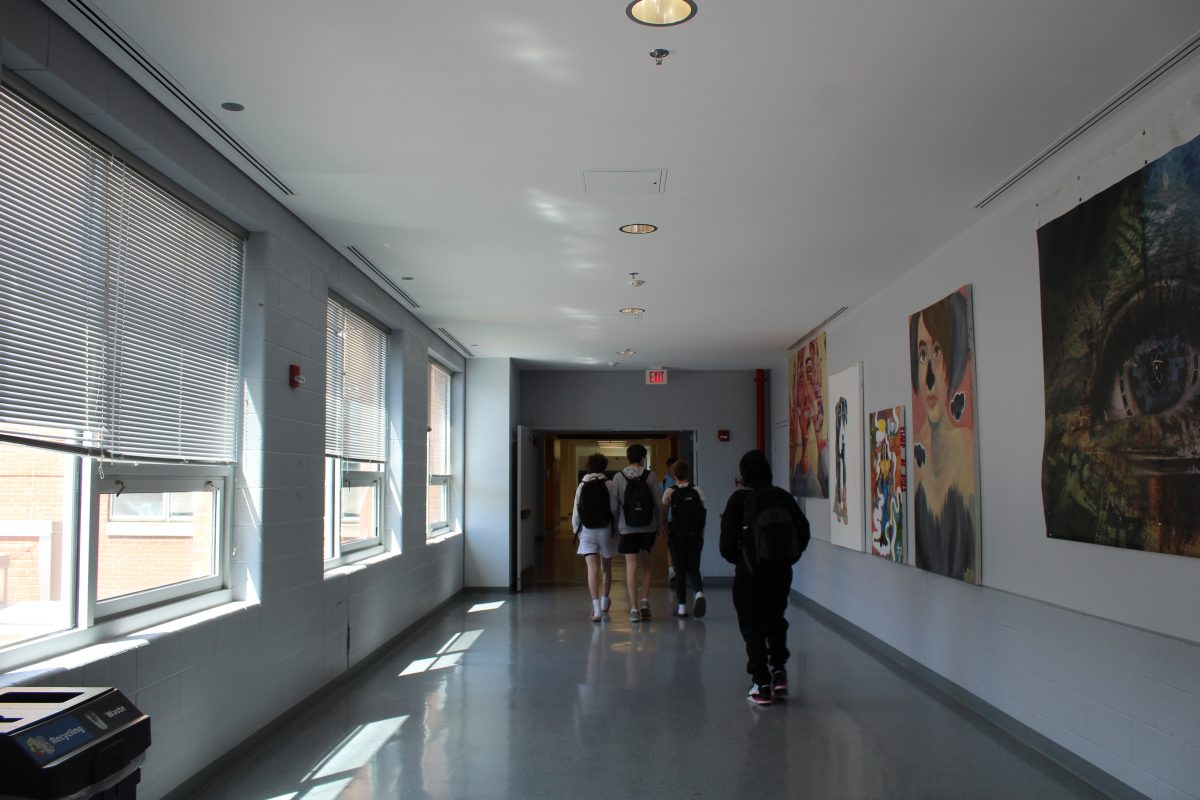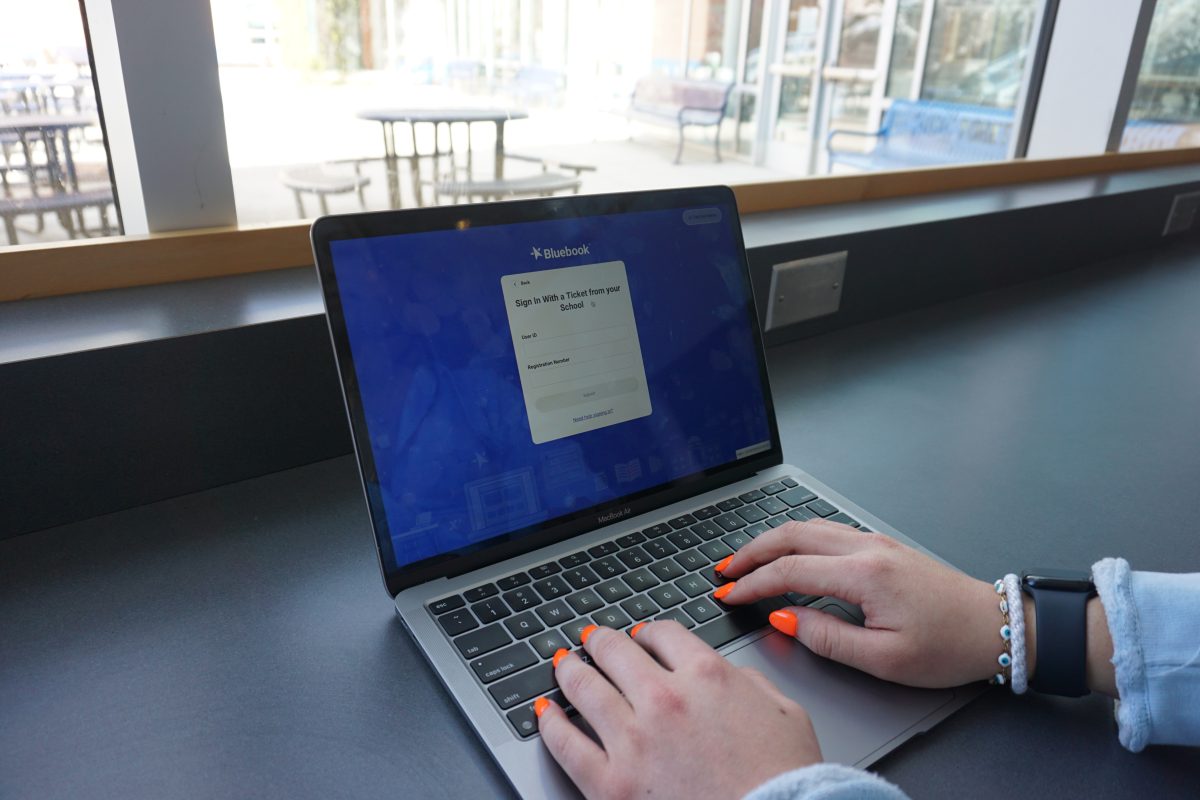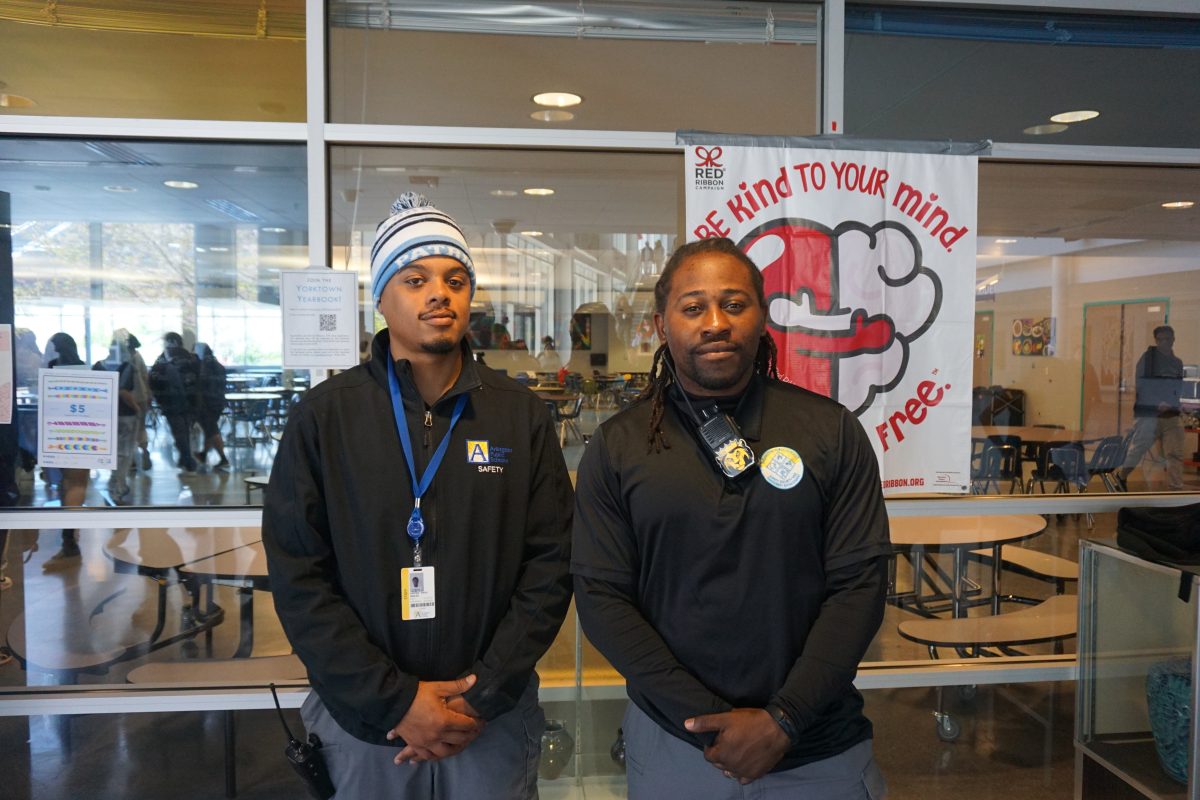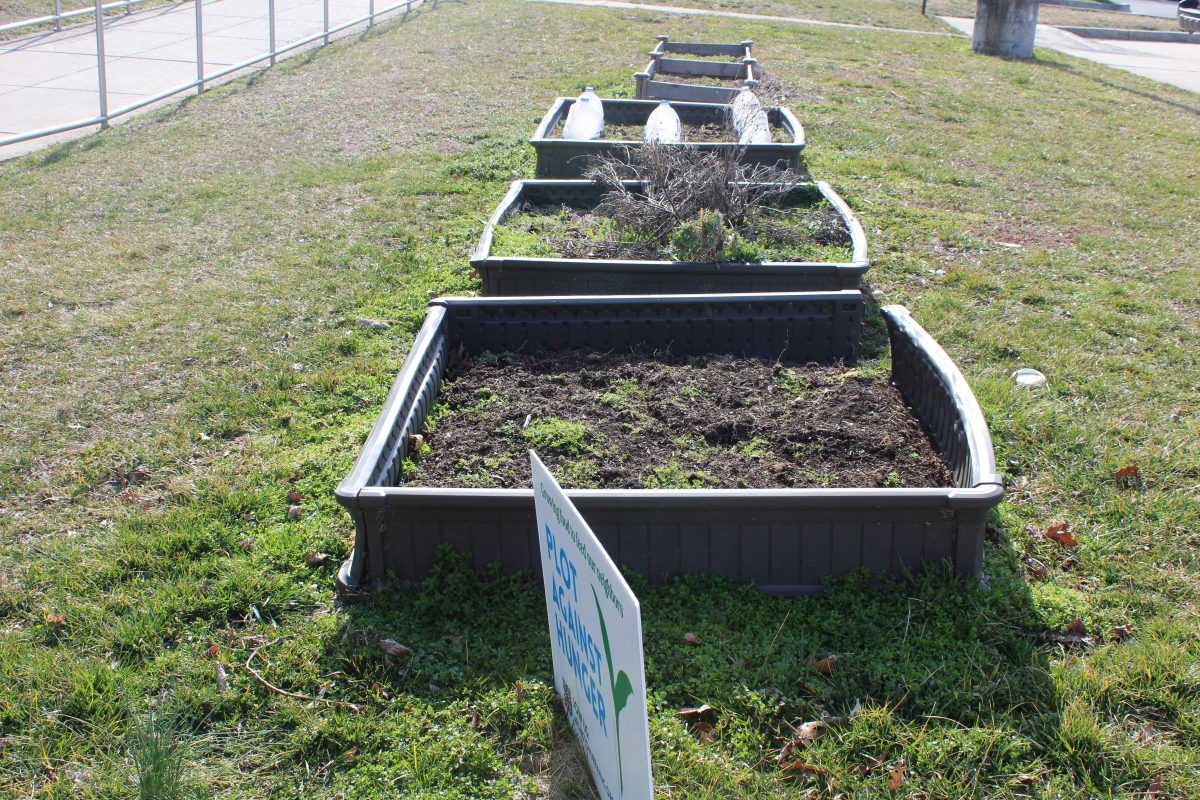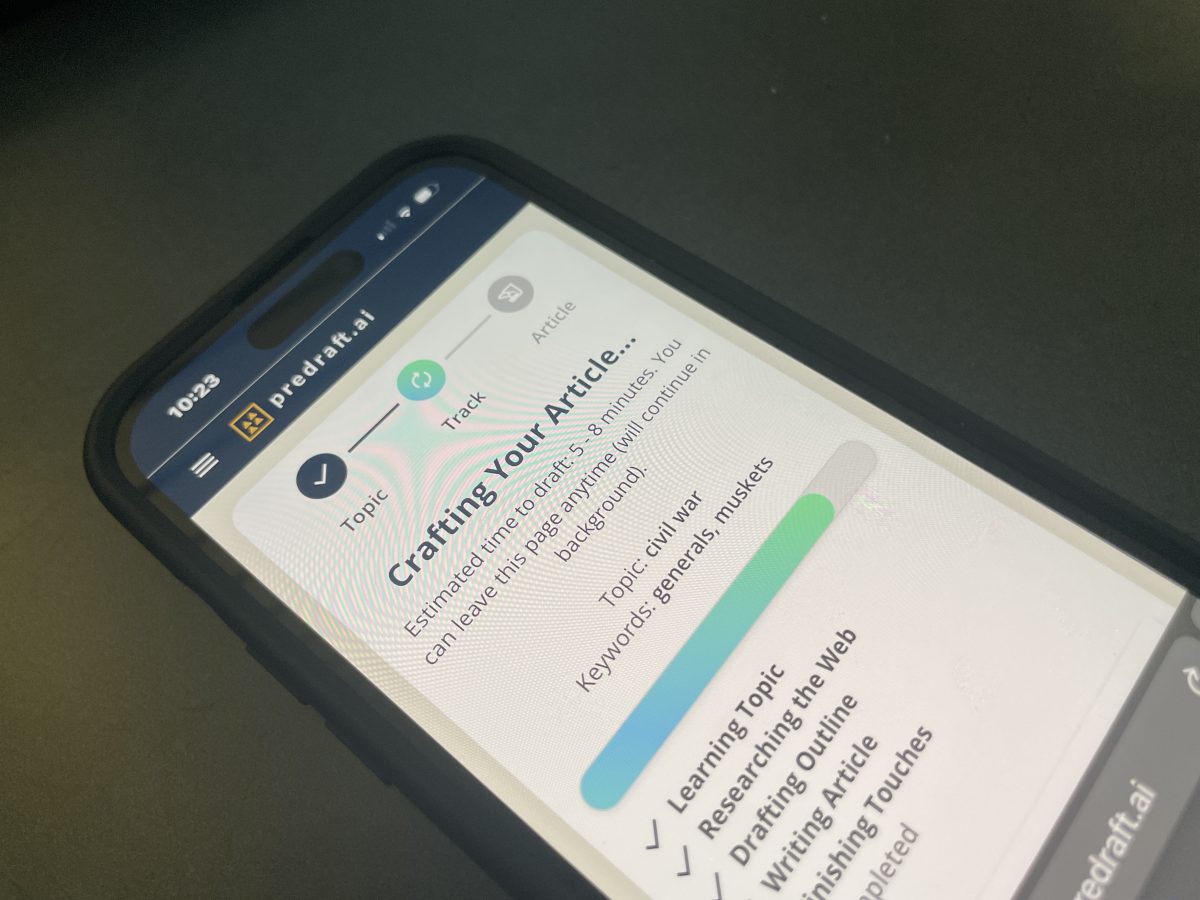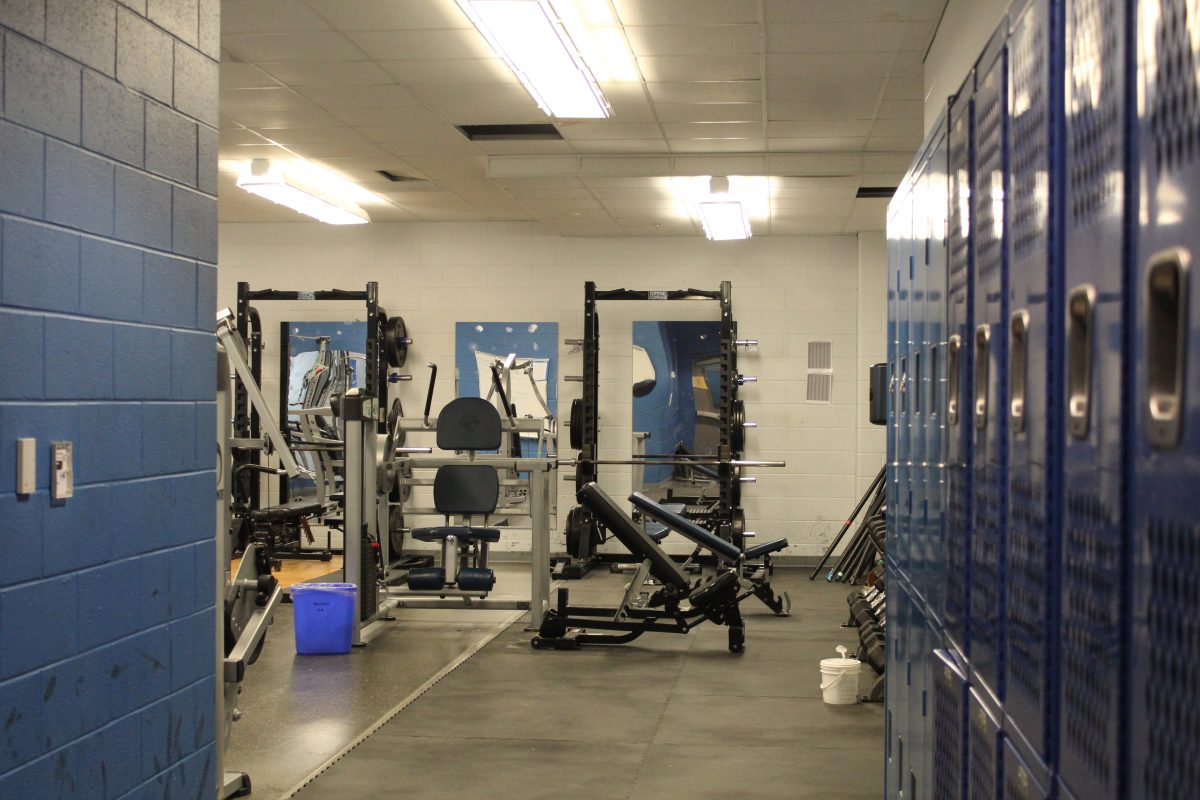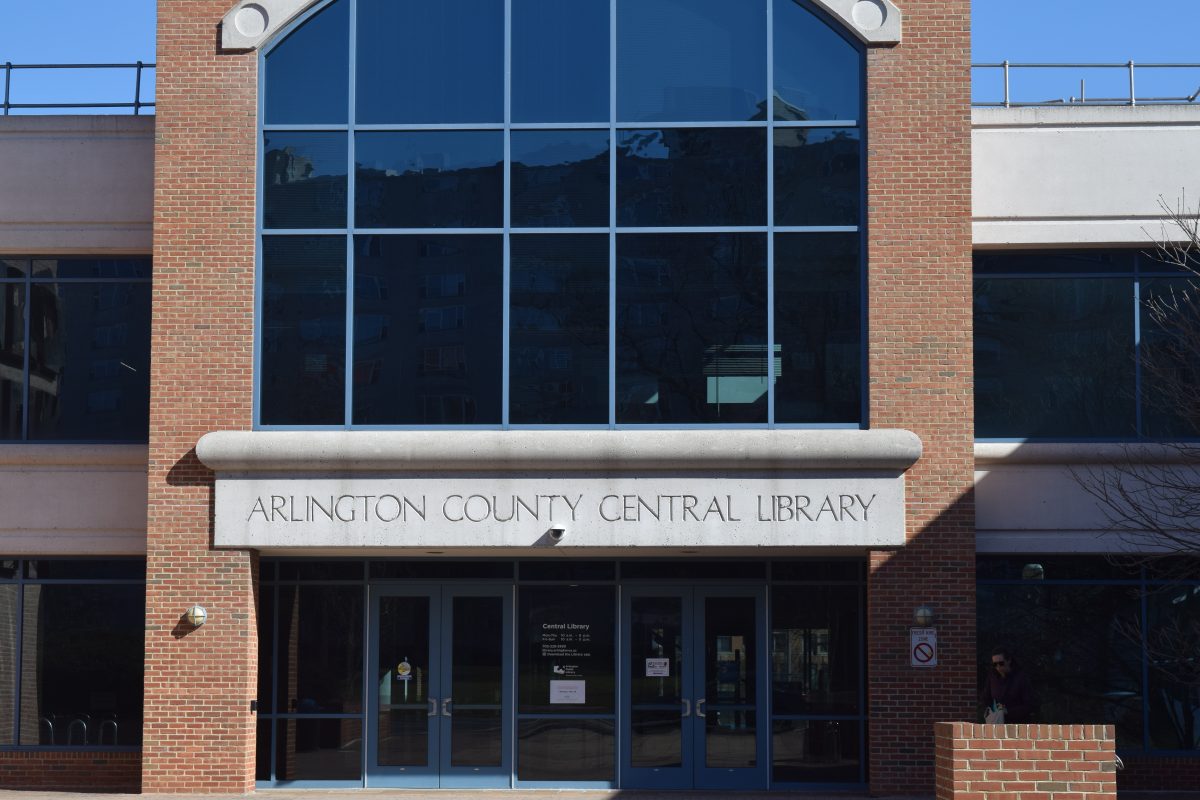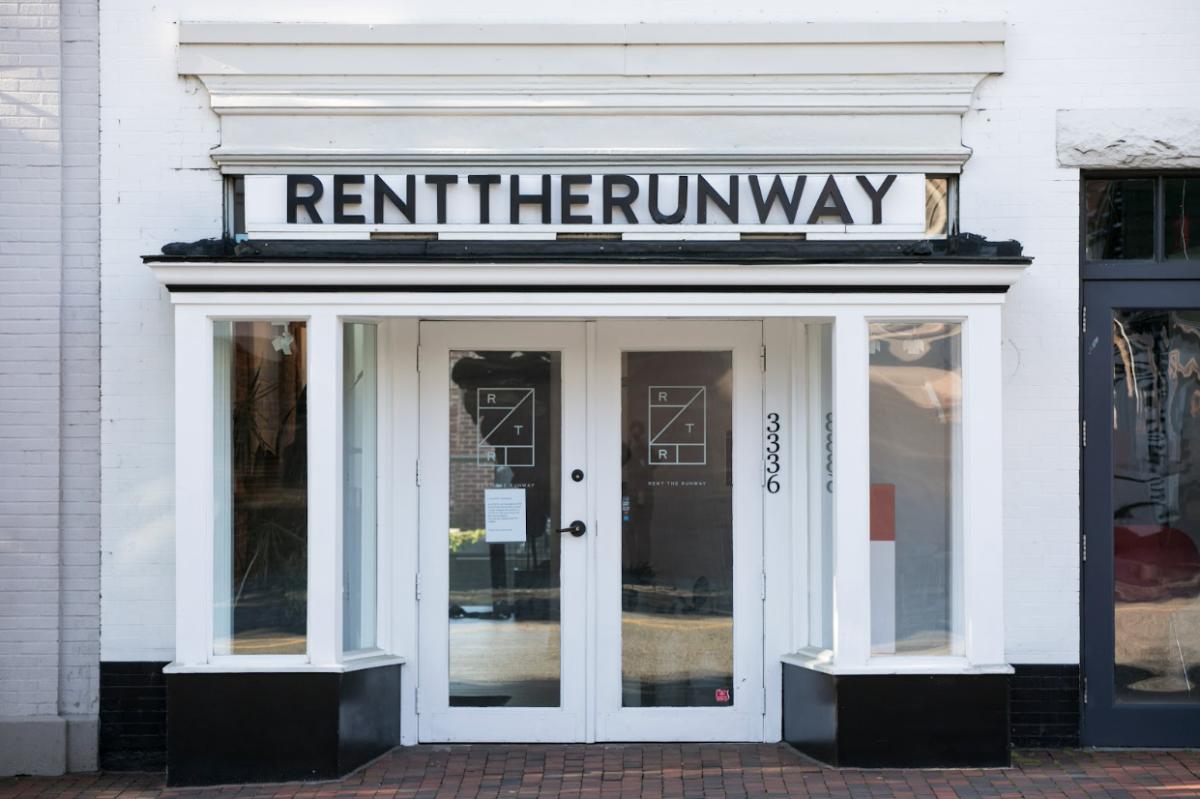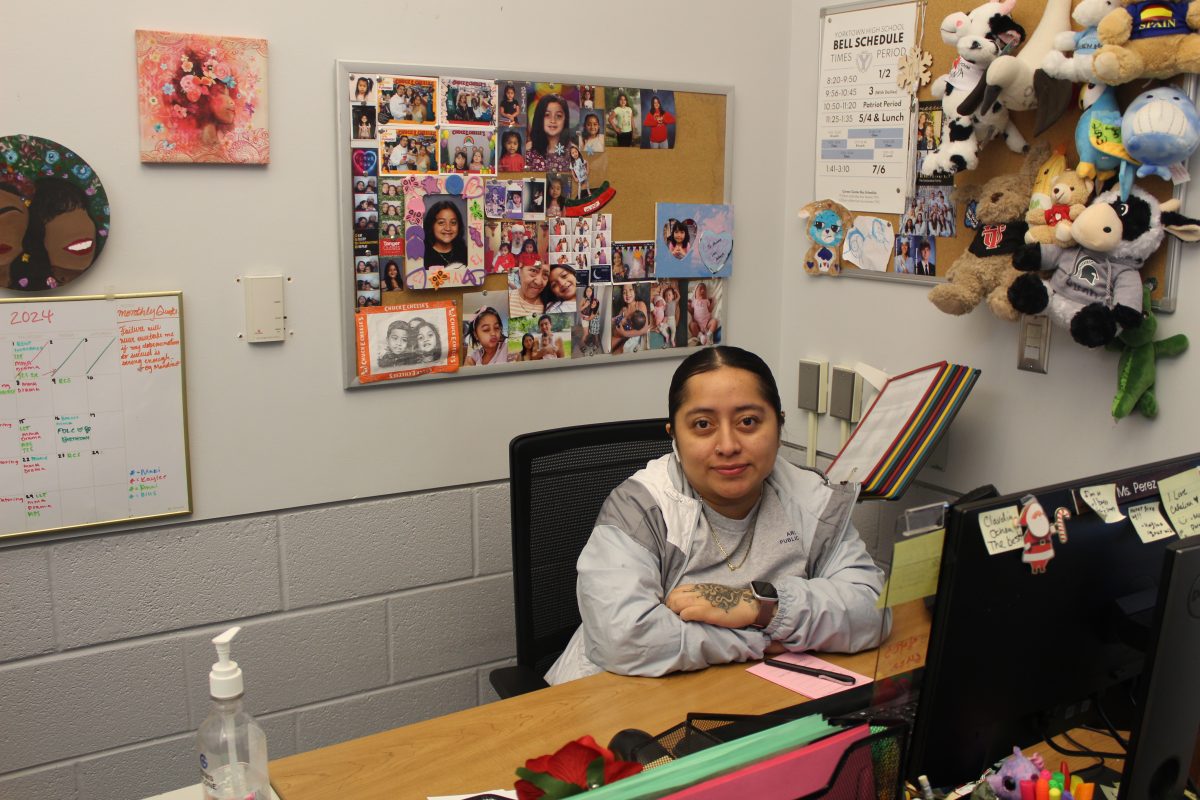By: Amy Andrukonis
Sentry Staff Reporter
Every year on Bike to School Day, students and teachers nationwide sacrifice the air-conditioned comfort of their cars or buses and ride their bicycle to school instead. In a world where more and more people are going green, events like Bike to School Day are popular. National Center for Safe Routes to School promotes two such days (one in October and another in May) as opportunities for students to experience the independence and joy of getting to school on their own without taking a car or bus. The National Center for Safe Routes to School also points out how economically and environmentally friendly this alternate transportation method is. The foundation educates students and their parents about ways to make walking and biking more safe and enjoyable. Of course, it is good to participate in the eco-friendly movement on those days which are specifically set apart for the cause. However, for some students, making ecologically friendly choices is a lifestyle. For instance, senior Joseph Schanuel bikes to school everyday, and he has been doing so since fifth grade.
“It is the easiest way for me to get to school. I bike everyday, to and from school,” Schanuel said.
Junior Chloe Falkenheim is another regular biker. She began biking to school about a year ago, and while she bikes for many of the same reason as Schanuel, she also cycles out of necessity.
“I don’t have a bus. They took away my bus, basically. Also, it’s faster, and it’s good exercise, and it’s better for the environment.”
While there are several students who join Schanuel and Falkenheim in their efforts, there is definitely still plenty of room in the bike racks. When asked how many other students bike to school, Schanuel commented,
“If I was going to guess, maybe ten.”
While there were certainly students and teachers who participated in Bike to School Day on October 9foo, Schanuel and Falkenheim were seemingly unmoved by the response.
“I didn’t pay attention. It was just a normal day for me,” Schanuel said.
“I don’t think anyone did it. I don’t think people really knew about it, actually,” Falkenheim agreed.
While the majority of students have chosen another regular mode of transportation, Schanuel insists that biking to school is convenient.
“[It takes] maybe ten to fifteen minutes,” said Schanuel. It takes Falkenheim about the same amount of time.
One of the only and most obvious disadvantages to biking to school is the unpredictability of the weather. However, there are ways to combat the elements. Schanuel is not afair weather biker, cycling year round, no matter what the weather is.
“I bike anyway, I put on layers and waterproof stuff,” Schanuel said.
Another factor that must be taken into account for those considering regularly biking to school is the danger that can be involved: inevitably busy intersections, slick or snowy streets and drivers who may be less than willing to share the road.
“I’ve had close calls, but it’s usually [the driver’s] problem. I’m just a lucky guy, I guess. Once, I got hit by this Volkswagen, and it pushed me out into Harrison Street a little,” Schanuel recalled.
However, Schanuel’s accident did not manage keep him off his bicycle, and he continues to pursue this eco-friendly method of transportation. Students and teachers should follow in Schanuel and Falkenheim’s footsteps and give biking to school a try. Teenagers and adults both can find joy in the self-reliance and healthy habits biking helps build up.

